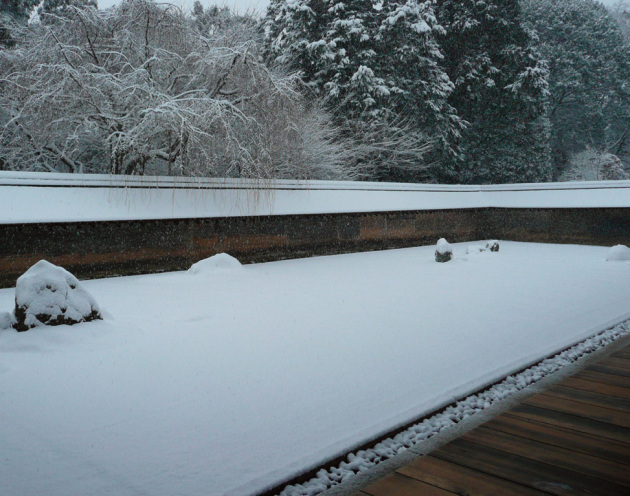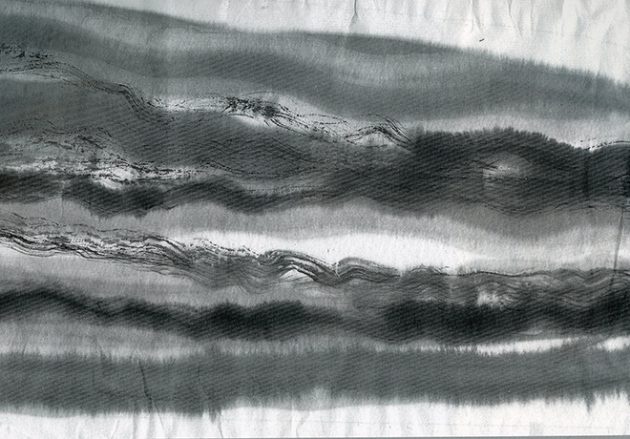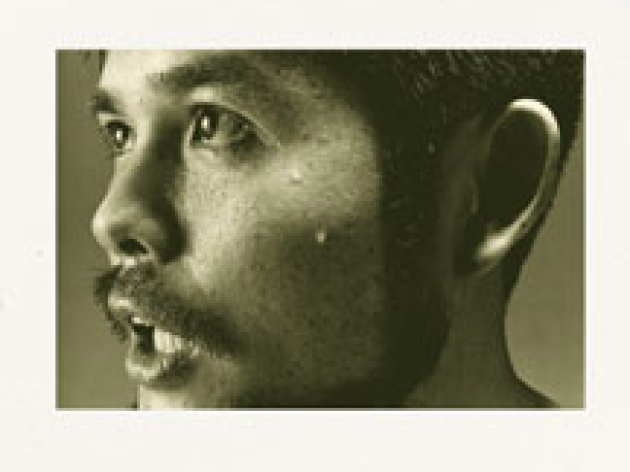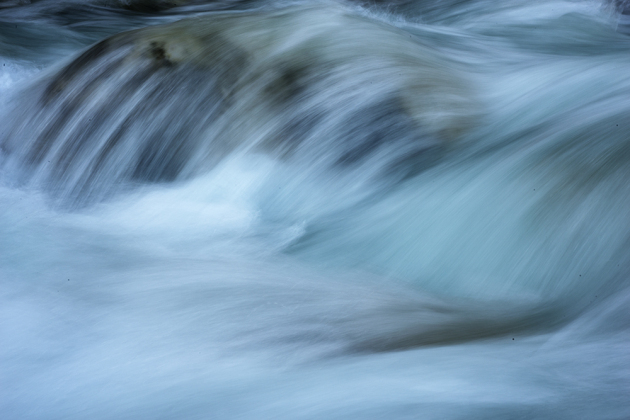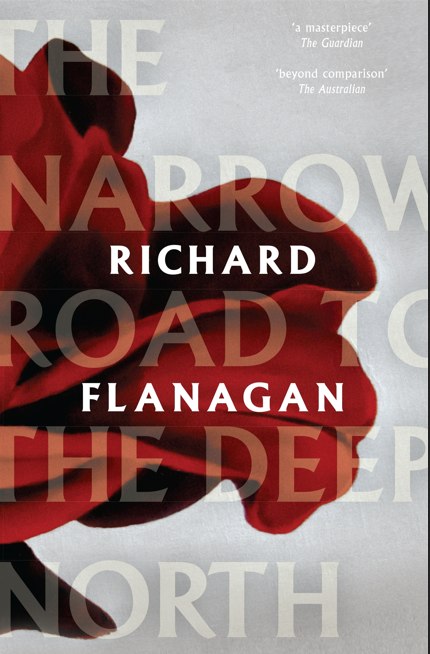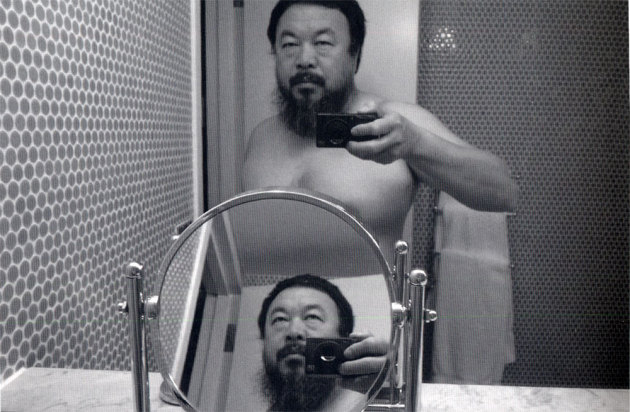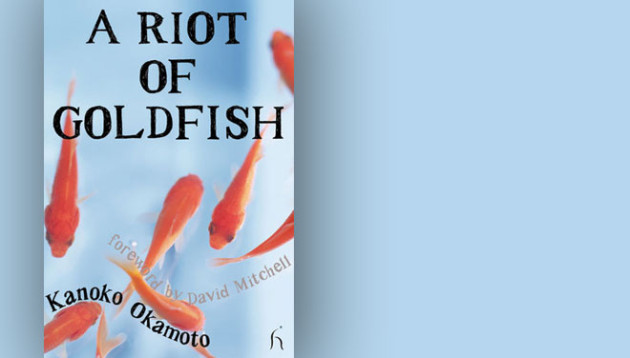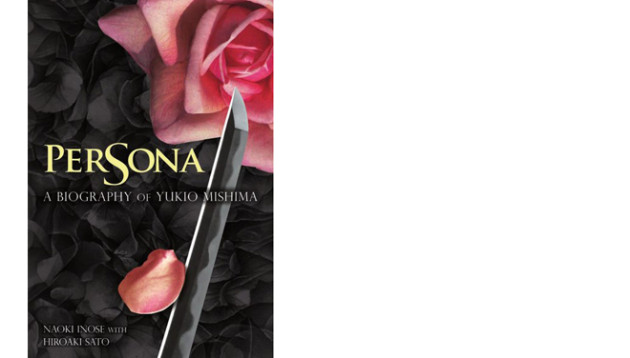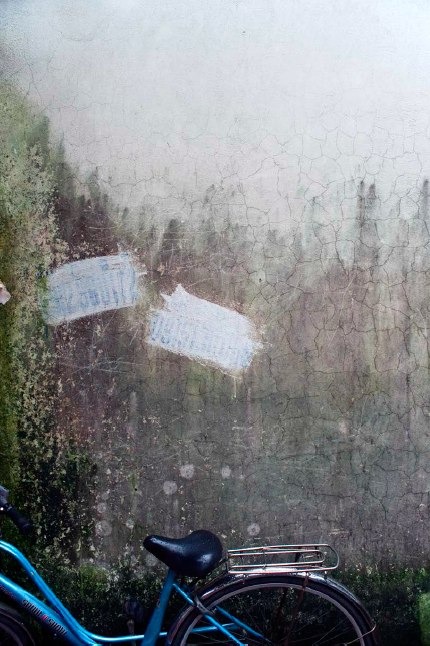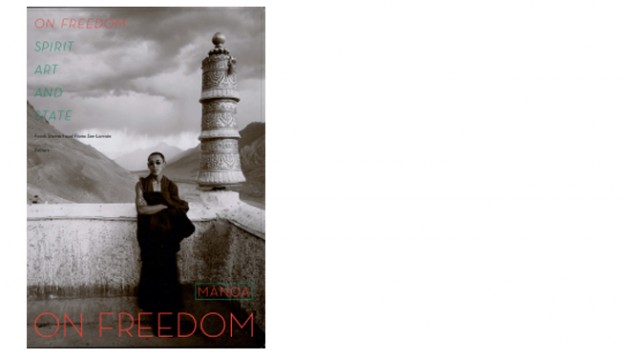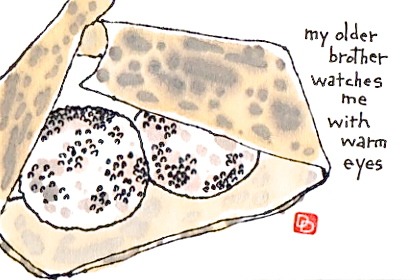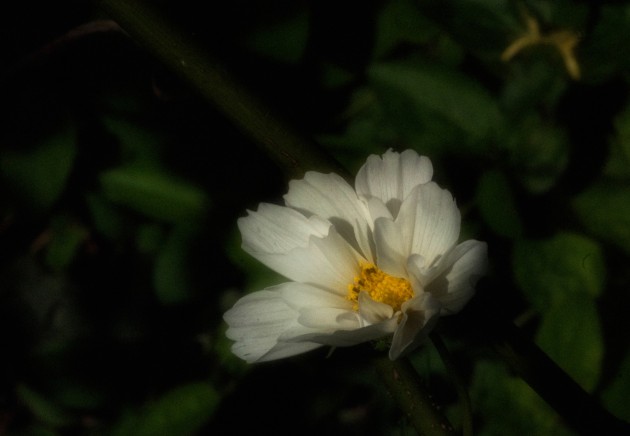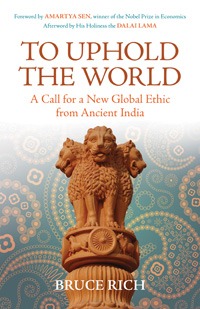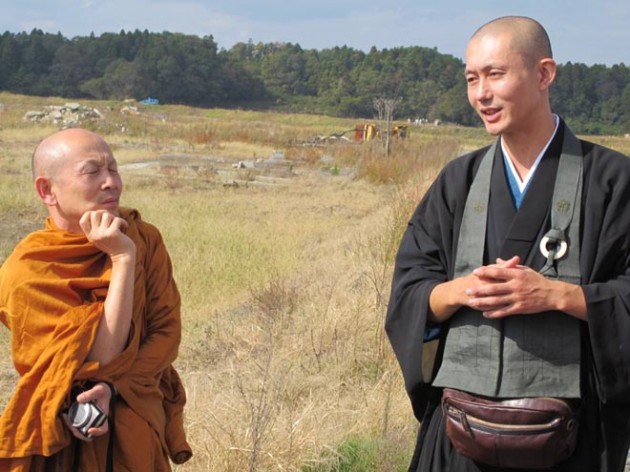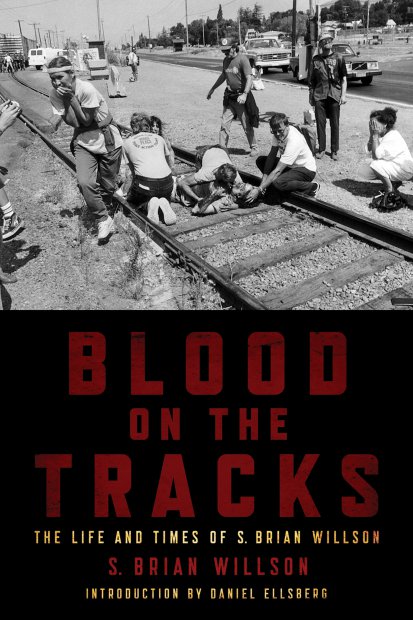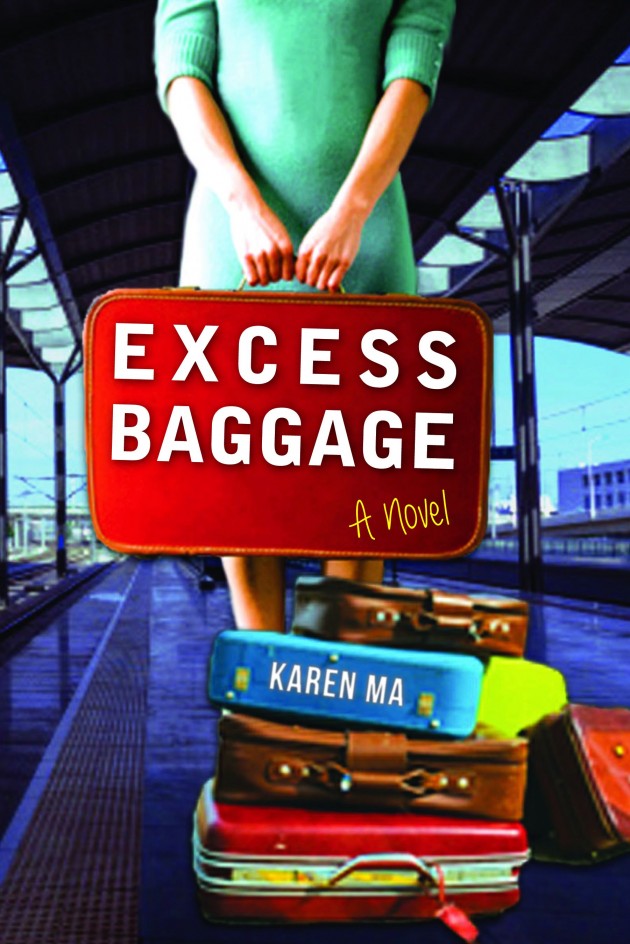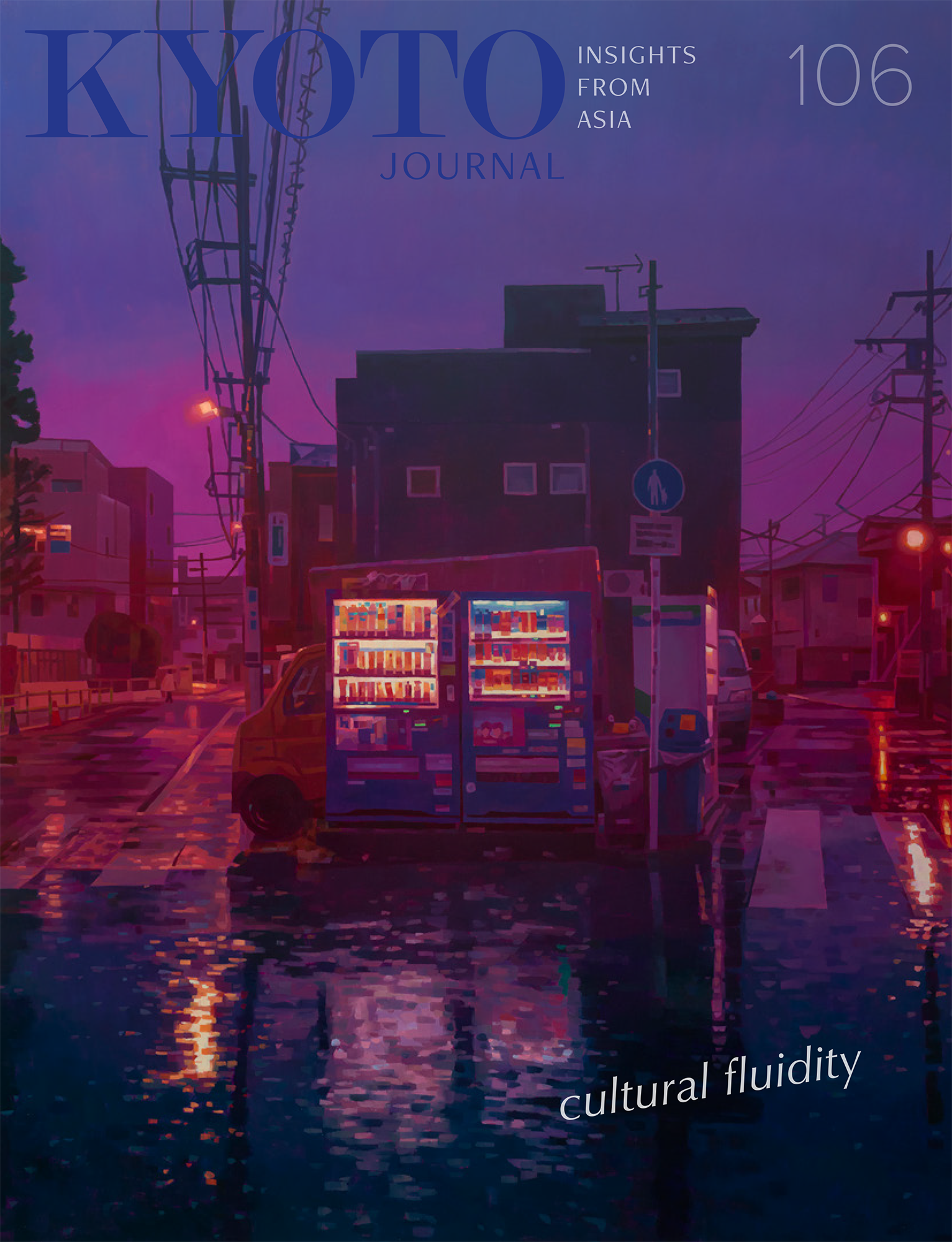FICTION, POETRY & REVIEWS
“To begin with a chawan in the palm of one’s hand and end up imagining a garden, poem or painting reveals the richness inherent in Japanese culture.” — Allen S. Weiss
Read Moren China’s major cities there is an elite one percent or so that drive nice cars, eat in nice restaurants, and generally live pleasant lives. They do so thanks in large part to the ninety-nine percent…
Read More“Meditative playfulness and thoughtful experimentation are continually encouraged as the author takes us step-by-step through the process of learning the sumi arts.”
REVIEW BY Michael Lambe
Read MorePoems of a Penisist by Mutsuo Takahashi. Translated by Hiroaki Sato. Twelve Views from the Distance by Mutsuo Takahashi. Translated by Jeffrey Angles. [T]he University of Minnesota has recently published two remarkable volumes of Japanese literature in translation by one of Japan’s most significant contemporary poets, Mutsuo Takahashi: Poems of a Penisist, and the…
Read MoreThere is much work to be done—not only in “saving the Earth,” as the mantra of the environmental movement goes, but also in saving ourselves and our own souls in the process.
Read More“The novel hinges on Rashomon-like multiple takes on the hellish circumstances in which one individual prisoner was beaten to death”
Read More“If you are the type of person who is sure that you know what art is then Ai Weiwei is probably not for you.”
Read MoreMemories have inevitably faded during the 25 years that have passed since the tragic end of the 1989 Tiananmen student protests, and for the younger generation in China, it’s hardly even a blip in the country’s historical flow to present-day prosperity.
Read MoreOkamoto began to write prose of lyrical and, at times, hyperbolic intensity, exploring modernist concepts of the artist and/or the individual in collision with society, spiritual alienation, and the moral, ethical, and political dilemma of the abandonment of tradition.
Read MorePersona is like a flashcard pastiche, much of it based on interviews and private correspondence fused with the historical events through which Mishima moved. Mishima’s lifelong obsession with death and suicide and his sensational death by seppuku at forty-five, haunts the biography.
Read MoreThe sheer lack of general information in English on the indigenous peoples of Hokkaido (formerly known as Ezo) and this book’s focus on two endangered intangible aspects of human survival – ecology and culture – attracted me. But this is no travelogue of pretty pictures and nifty rituals.
Read MoreKorea has had a “Way” of tea but it hasn’t been widely seen, much less described or studied by foreigners. This new guidebook full of color illustrations, created by Brother Anthony and Hong Kyeong-Hee is a welcome edition to one’s tea or Korean culture library.
Read MoreToday’s flowers let me inside
into their vase-shaped bodies
Today, I swim this river
with its fish and turtles
and crocodiles…
As I sat down to read On Freedom: Spirit, Art, and State, one of the first thoughts I had was how difficult it is to peg a term as loaded as “Freedom.” At about the same moment as I had this thought, the chorus of the jaunty Calypso song on my stereo sang out, “Always remember somebody suffering more than you.
Read MoreDavid Jenkins, a longterm resident of Kyoto, translated medieval Japanese poetry (with his co-translator, Yasuhiko Moriguchi) — and made it timeless. He passed away on April 10th, 2000, surrounded by fully-blooming sakura; is still missed by friends and colleagues here at KJ.
Read MoreIn 1973 I went looking for a Buddha to come to my, and even maybe our, rescue. I wanted to actually meet the guy, hear his voice…Of course, I didn’t find him. I found me looking for him.
Read MoreYears after an unexpected encounter with the remarkable reign of Emperor Ashoka Maurya, Bruce Rich has written an insightful meditation on the relevance of the ancient Indian ruler to our own age of global discontent.
Read MoreDespite considerable inertia in a religion well known for its conservatism, the protagonists in this book are seizing this opportunity to apply Buddhist values in opposition to nuclear power, and also to respond to the crisis in ways that invest Buddhist values with new relevance to contemporary society.
Read MoreWillson and two other men were sitting on the tracks in a public right-of-way to protest the shipment of arms…Willson’s protest at the Concord Naval Weapon’s Station was textbook civil disobedience. He had read his Martin Luther King, Jr., his Gandhi, and his Thoreau. Willson had fully expected the train to stop.
Read More“Now that you’re in Japan, you must do what the Japanese do. Otherwise, it would be meaningless for you to have come here.”
Read More
